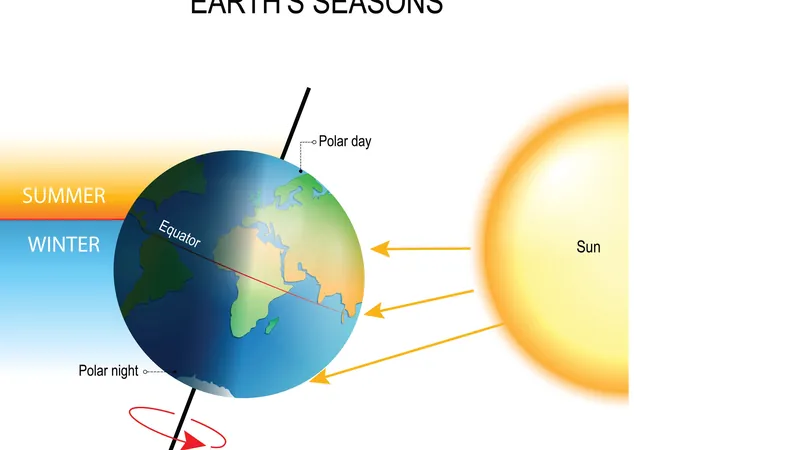
Rheumatologists Call for Development of a Pediatric Enthesitis Scoring Tool
2024-11-25
Author: Yu
Introduction
In a recent study, rheumatologists have identified a significant gap in the assessment tools available for children suffering from enthesitis-related arthritis (ERA). While enthesitis—a condition characterized by inflammation at the sites where tendons or ligaments insert into the bone—is seen commonly in juvenile patients, established scoring measures for assessing enthesitis only exist for adults.
Study Insights
Erin Treemarcki, a leading investigator from the University of Utah, revealed that though few respondents currently utilize the available enthesitis scoring measures, there’s a strong appetite for developing one specifically for pediatric patients. “Our research aimed to assess how frequently enthesitis is evaluated in clinical practice and to identify the factors contributing to such evaluations,” she explained during the ACR Convergence 2024 conference.
The study highlights that enthesitis is more prevalent in children with ERA compared to adults with ankylosing spondylarthritis. However, diagnosing enthesitis in pediatric populations can be challenging due to overlapping symptoms with other disorders, such as amplified pain syndromes or fibromyalgia.
Survey and Findings
To delve deeper into the practice patterns surrounding enthesitis assessment, the CARRA Juvenile Spondylarthritis (JSpA) Workgroup conducted an electronic survey. Out of 343 members, 139 responded, yielding a response rate of approximately 40.5%. The majority of respondents were pediatric rheumatologists based in academic medical centers across the US.
Findings from the survey indicated that just 4% of practitioners employed an established enthesitis scoring tool. Notably, 83.3% expressed interest in the creation of a pediatric-specific scoring system. The primary barriers to using existing measures cited by respondents included a lack of familiarity (75.86%) and concerns about time constraints (24.14%).
Assessment Patterns
The survey also revealed that providers are most likely to assess enthesitis during visits of patients with ERA (92.6%) and related conditions such as HLA B27-associated diseases. Despite the low use of scoring tools, the need for standardized assessments is clear, with many providers agreeing that such tools would enhance diagnosis and treatment strategies.
“The most commonly examined sites for enthesitis were at the lower extremities, particularly the Achilles tendon. Key symptoms noted were tenderness (100%), swelling (81.7%), and pain with specific movements (73.9%),” Treemarcki noted, underlining the importance of consistent evaluation in pediatric patients.
Future Directions
Next steps involve the creation of a dedicated pediatric enthesitis scoring tool designed to standardize assessments across the board, which could ultimately help pediatric rheumatologists better understand the enthesitis component of juvenile idiopathic arthritis.
Conclusion
In conclusion, the rheumatology community is poised for a transformative shift, as the call for a specialized scoring tool for pediatric enthesitis gains momentum, promising a brighter future for countless young patients suffering with these conditions.


 Brasil (PT)
Brasil (PT)
 Canada (EN)
Canada (EN)
 Chile (ES)
Chile (ES)
 España (ES)
España (ES)
 France (FR)
France (FR)
 Hong Kong (EN)
Hong Kong (EN)
 Italia (IT)
Italia (IT)
 日本 (JA)
日本 (JA)
 Magyarország (HU)
Magyarország (HU)
 Norge (NO)
Norge (NO)
 Polska (PL)
Polska (PL)
 Schweiz (DE)
Schweiz (DE)
 Singapore (EN)
Singapore (EN)
 Sverige (SV)
Sverige (SV)
 Suomi (FI)
Suomi (FI)
 Türkiye (TR)
Türkiye (TR)